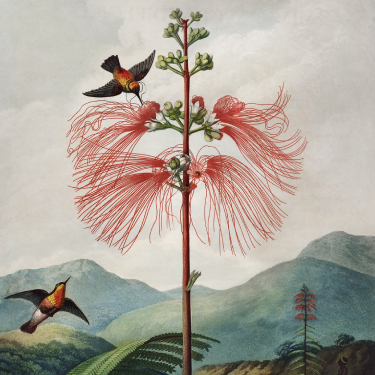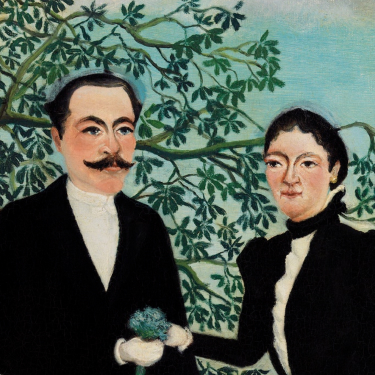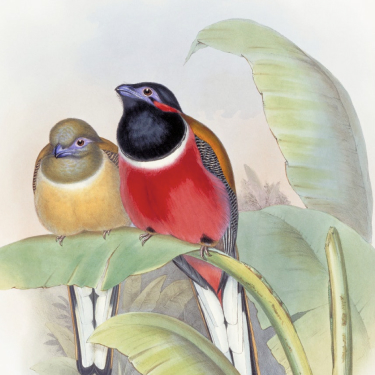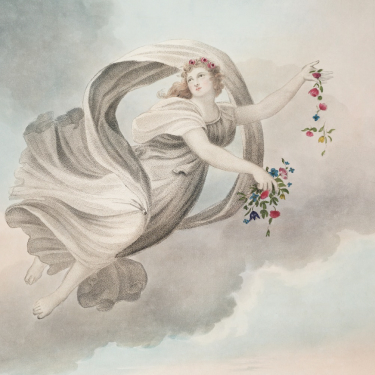The Weaver
LOVE

TPAF
Quick definition
Need psychological and physical closeness, but also fun and excitement. Use support in relationships for self-growth. Can take time to trust and open up to a partner.
Find your score on over 100 traits on Dimensional.
Download
Description
TPAFs are characterized by their pursuit of dynamic, engaging relationships that also offer a sense of security and stability. This archetype finds joy in shared experiences and adventures, valuing a partner who can both keep pace with their enthusiasm and offer reassurance against their underlying anxieties. Their pragmatic approach to love means they're often realistic about their expectations, but they also crave a relationship that transcends the mundane, seeking a balance between excitement and practicality.
In the dating phase, TPAFs are attracted to potential partners who exhibit a zest for life and the ability to embark on new adventures together. However, their pragmatic side looks for signs of long-term compatibility, such as shared values or goals. As their relationships progress, their anxiety may manifest in concerns about maintaining the initial spark or navigating the challenges of building a life together. The key challenge for TPAFs lies in reconciling their desire for stimulation with the need for a stable, enduring partnership.
Opposite type
TPAFs are the opposites of IDCEs.
Desires
- A partnership that is both exciting and secure.
- Shared adventures and experiences with their partner.
- Practical compatibility and shared life goals.
- Reassurance and stability to quell their anxieties.
Fears
- The relationship becoming monotonous or losing its initial excitement.
- Their anxieties undermining the relationship's stability.
- Not finding a balance between adventure and practicality in love.
- The fear that their need for excitement might lead to instability.
Inner psychology
TPAFs' desire for both excitement and stability in relationships likely stems from a blend of past experiences and inherent personality traits. Early exposure to dynamic yet stable relationships may have instilled the belief that it's possible to have both adventure and security in love. Conversely, witnessing or experiencing relationships that lacked excitement or stability might have led to a deep-seated desire to find a balance between these elements in their own romantic life. Their pragmatic approach suggests a rational mindset, influenced perhaps by a need to control or mitigate underlying anxieties about the future of their relationships.
Distribution of user scores
0
25
50
75
100
Other Archetypes in Love
Opposite
In(T)erdependent
(I)ndependent
(D)reamer
(P)ragmatic
(C)entered
(A)nxious
(E)motion & stability
(F)un & stimulation
Strengths
- Adaptability: Capable of navigating changes and challenges within the relationship.
- Pragmatism: Brings a realistic approach to their romantic life, helping ground their desires in achievable goals.
- Open Communication: Willing to discuss needs and fears, facilitating a stronger connection with their partner.
Challenges
- Balancing Excitement with Stability: Striving to keep the relationship both stimulating and secure can be taxing.
- Managing Anxiety: Their underlying anxieties may conflict with their desire for a dynamic relationship.
- Expectation vs. Reality: May struggle when the practical aspects of life don't align with their adventurous expectations.
Traits in an ideal partner
- Adventurous Spirit: Someone who shares their love for excitement and new experiences.
- Stability and Reassurance: A partner who provides a sense of security amidst the adventures.
- Practical Mindset: Appreciates a partner who values practicality and can make realistic plans for the future.
Advice for healthy relationships
TPAFs would benefit from embracing the idea that stability doesn't equate to monotony; rather, it provides a foundation from which to safely explore new adventures. Prioritizing open communication about their desires and fears can help ensure both partners are on the same page, fostering a relationship that satisfies both the need for excitement and the craving for stability. Finding ways to incorporate small adventures into everyday life can help maintain the dynamic nature of the relationship, even as they build a stable, shared future. Finally, addressing their anxieties directly—whether through self-reflection, dialogue with their partner, or professional support—can help mitigate the impact on their relationships.
At their worst
When overwhelmed by their anxieties or when the balance between excitement and stability is off, TPAFs may become restless, dissatisfied, or overly critical of their relationship. Their fear of stagnation might lead them to make impulsive decisions that jeopardize the relationship's stability, or their pragmatic side may become overly dominant, stifling the spontaneity and adventure they crave.
At their best
At their best, TPAFs are engaging, dynamic partners who bring both excitement and a sense of security to their relationships. Their ability to balance their adventurous spirit with a pragmatic approach allows them to build fulfilling, stable partnerships that are rich in shared experiences. Their open communication and willingness to address their anxieties contribute to deep, resilient connections that can adapt and thrive through life's ups and downs.














